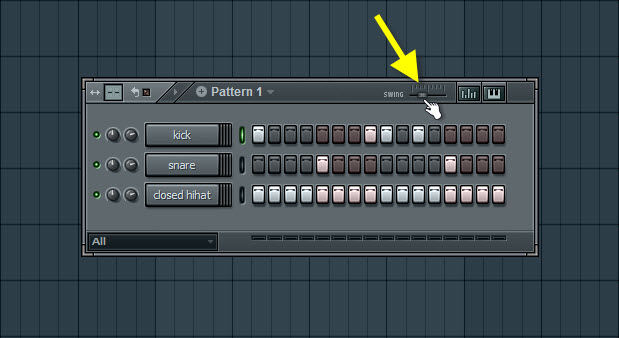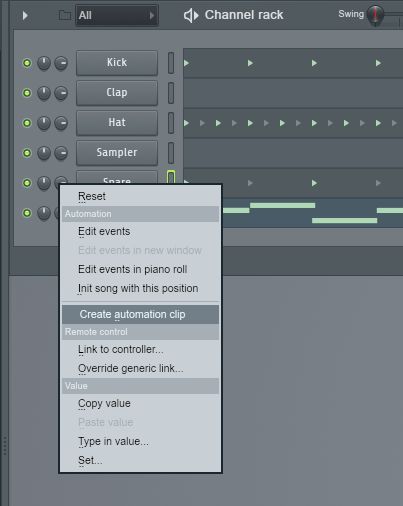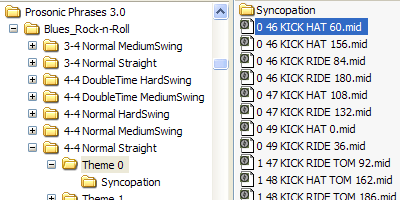

And with its 'lifetime free updates' policy, the knowledge that you'll never have to pay an upgrade fee after that initial outlay is certainly reassuring. FL Studio still lends itself more readily to in-the-box composition and mixing, rather than as the centre of a more traditional recording setup, but there's little it can't do in regard to the former. Is this a good point for the newcomer to jump onboard? Absolutely. In the development of FL Studio 12, it's clear that Image-Line has spent plenty of time soul searching, seeking ways to genuinely improve, adapt and streamline the day-to-day usability of their DAW, and the result is, by and large, a dream come true for existing users. You'll still want to opt for Producer or Signature if you're serious about your music production, but the addition of Automation clips does make the Fruity edition significantly more capable than before. The cheapest, Fruity Edition, now benefits from Automation clips the Maximus and Sytrus plugins have been added to the Producer Edition and the separately available Harmless, Newtone and Pitcher plugins are now included with the top tier Signature Bundle, reviewed here. It can still be done by right-clicking a parameter and selecting Create Automation Clip, or applying automation to the 'last tweaked parameter' from the Add menu, but we don't see the point of this removal.Įvery edition of FL Studio has seen a feature upgrade for v12. We're disappointed to find that you can't add Automation Clips to the Channel Rack from the Insert menu any more. On the plugins front, some - including the Edison audio recorder and 3xOsc synth - have been made over to bring them in line with the new FL Studio look and when loading plugins, rather than the old workspace-cluttering second window appearing alongside the instrument or effect's GUI, channel settings and the like are now rolled into a tab at the top of it. "FL Studio still lends itself more readily to in-the-box composition and mixing" Tweaking harmonies has never been so easy. The Piano Roll itself has gained the option to deactivate auto zoom, and now enables editing of Ghost Notes - that is, other channels' notes shown in the background of the piano roll of the clip you're editing.

The ability to apply swing per channel rather than just globally is a welcome improvement, as is the big '+' button at the bottom of the Channel Rack, which brings up the Insert menu for the quick addition of channels. Notes programmed into the Step Sequencer are automatically updated in the Piano Roll of that channel, allowing for deeper editing in the latter without having to copy and paste patterns from one to the other.
#Fl studio swing per pattern generator
The Channel Rack is simply the new name for the previously untitled window housing the overview of Instruments, Samplers and Internal Generator channels used in a project, which can now be manually switched between Piano Roll preview and Step Sequencer views, depending on the preferences of the user. Multitouch display users will also be overjoyed to learn that FL's mixer now fully supports that technology. New visual options include a range of mixer layouts (Compact, Wide, Extra Large, etc), control over which elements are shown in the mixer, virtual cables showing routings between channels, and the ability to resize many things that previously couldn't be, like the mixer and Channel Rack.

It's still based on that familiar grey colour palette, but the modern, vivid revamp works wonders, bringing FL firmly into line with the competition, aesthetically. The look has been completely redesigned, too - gone are the days when a long FL session could feel like a stay in a Soviet car park.


 0 kommentar(er)
0 kommentar(er)
